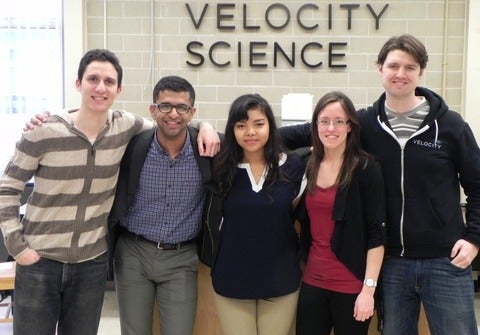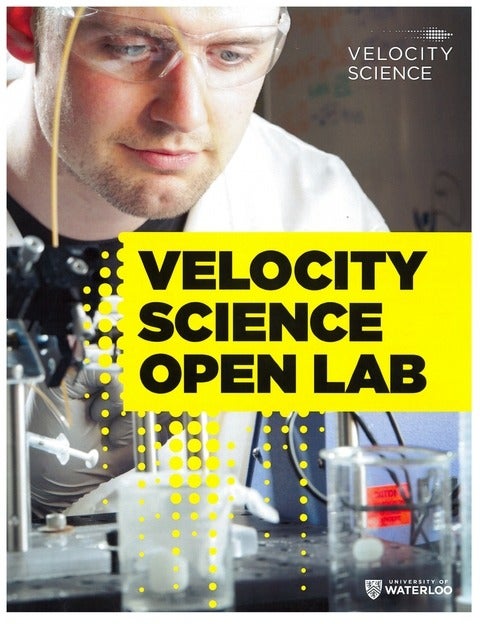Professor Peter L. Douglas has been awarded the 2015 D.G. Fisher Award ....
 that is presented to a Canadian resident by the Department of Chemical and Materials Engineering, University of Alberta, Suncor Energy Foundation and Shell Canada Limited for major contributions in the field of systems and control engineering.
that is presented to a Canadian resident by the Department of Chemical and Materials Engineering, University of Alberta, Suncor Energy Foundation and Shell Canada Limited for major contributions in the field of systems and control engineering.






 The first edition of the Chemical Engineering newsletter
The first edition of the Chemical Engineering newsletter 
 Prof. Hector Budman has been awarded the 2014 D.G. Fisher Award that is presented to a Canadian resident by the Department of Chemical and Materials Engineering, University of Alberta, Suncor Energy Foundation and Shell Canada Limited for major contributions in the field of systems and control engineering.
Prof. Hector Budman has been awarded the 2014 D.G. Fisher Award that is presented to a Canadian resident by the Department of Chemical and Materials Engineering, University of Alberta, Suncor Energy Foundation and Shell Canada Limited for major contributions in the field of systems and control engineering.
 Professor Marc Aucoin's student Eric Blondeel (PhD Candidate, Chemical Engineering) and Moufeed Kaddoura (4A Microbiology) venture is revolutionizing the practice of allergy testing with a non-invasive skin patch for simple safe and certain allergy detection. The standard allergy test attempts to cause an allergic reaction in a patient by piercing known allergens through the skin with needles.
Professor Marc Aucoin's student Eric Blondeel (PhD Candidate, Chemical Engineering) and Moufeed Kaddoura (4A Microbiology) venture is revolutionizing the practice of allergy testing with a non-invasive skin patch for simple safe and certain allergy detection. The standard allergy test attempts to cause an allergic reaction in a patient by piercing known allergens through the skin with needles.
 Tyromer Inc., a University of Waterloo start-up founded by Chemical Engineering professor Costas Tzoganakis, has just won one of the top 50 entrepreneurial awards (screened from more than 2800 companies from 27 countries) at TiEcon 2014 in San Jose, CA.
Tyromer Inc., a University of Waterloo start-up founded by Chemical Engineering professor Costas Tzoganakis, has just won one of the top 50 entrepreneurial awards (screened from more than 2800 companies from 27 countries) at TiEcon 2014 in San Jose, CA.